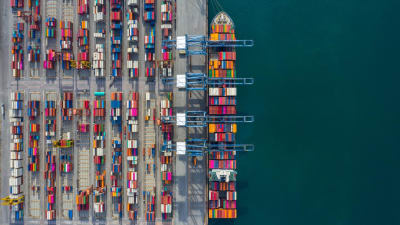Optimize your portfolio
Exchange Traded Products offer investment opportunities for all market expectations and access to new markets.
Why Vontobel Markets?
All relevant product information at a glance!
Search for products by filtering the product overview page with product type specific filters.
Find products quickly and easily!
Powerful search on all products, articles, education information and FAQs.
Inspiration and Know-How
Exciting investment ideas, insights and facts about structured products.



Expertise. Experience. Tools. Market opportunities.
Provided by one of Europe’s leading issuers of structured products.400k+
Products in Europe
100+ years
Investment Expertise
25+ years
Experience in ETPs
A3 rating
Vontobel Holding AG
Educational content for smarter investing
Unlock the power of informed decision making with our comprehensive educational resources.Learn more

Is your question still unanswered?
We are here to support youmarkets.finland@vontobel.com
You can contact us by phone Monday to Friday 9.00-19.00 (CET). From 19:00 to 23:00 for urgent questions related to quoting issues, you will find the new “Report a problem” button directly on the product page.
0800917791
0800917791


